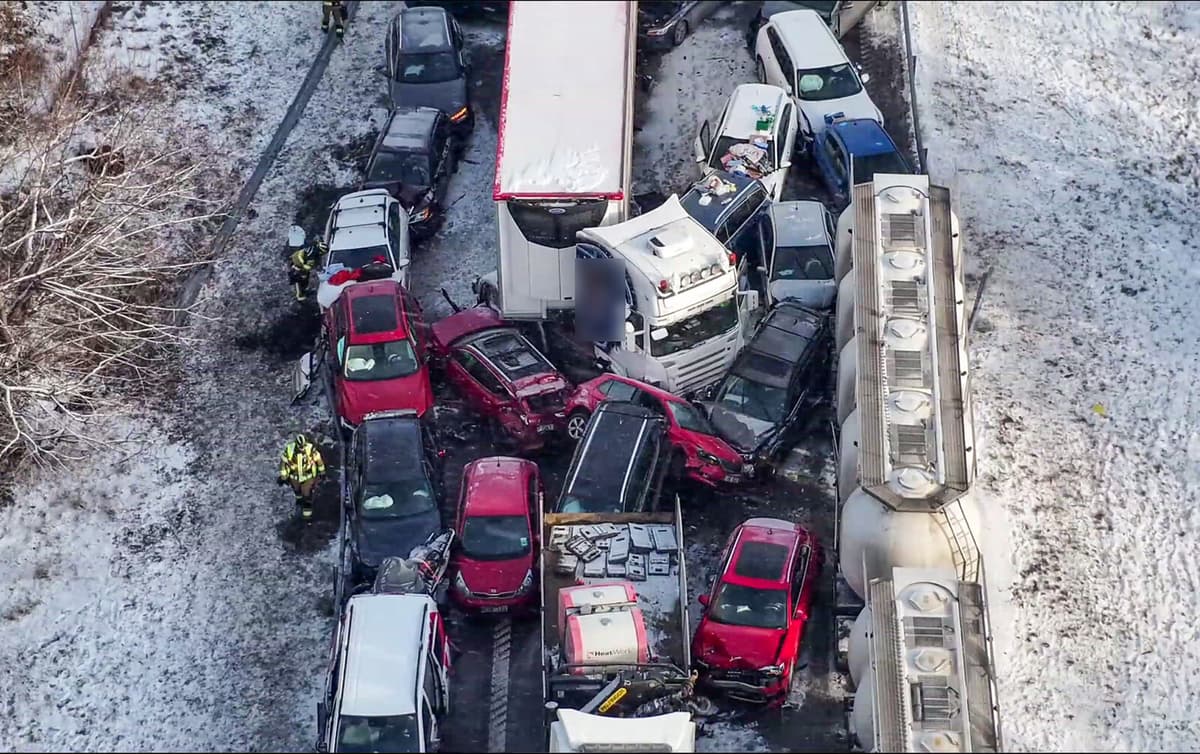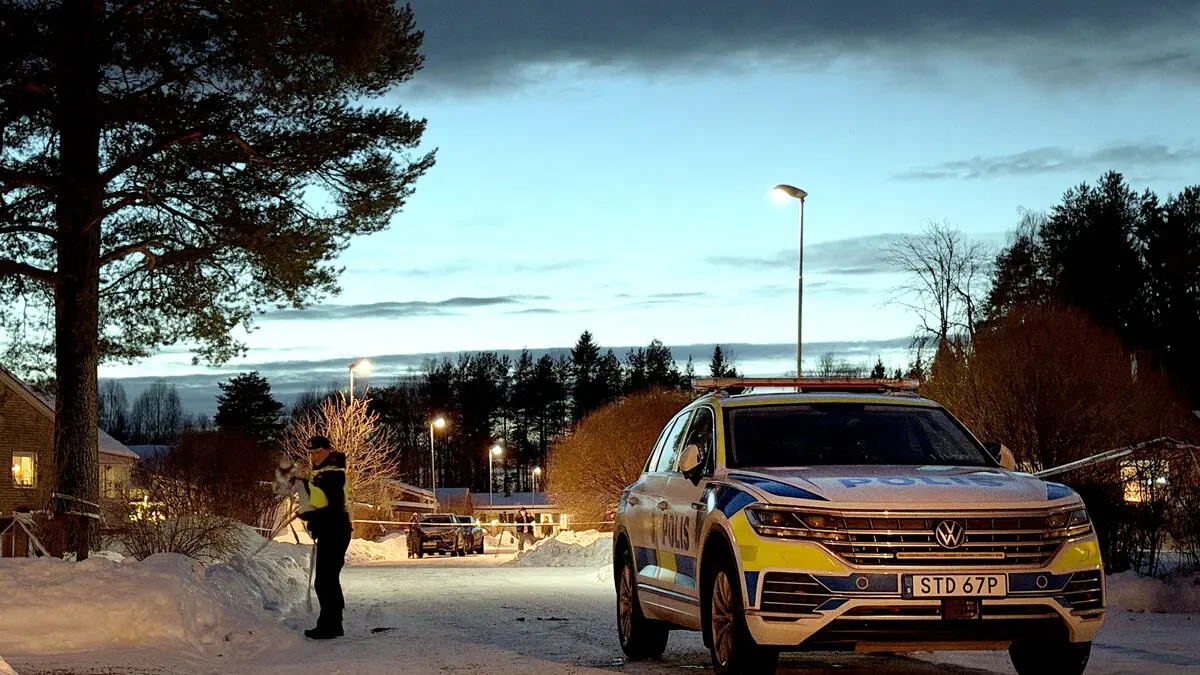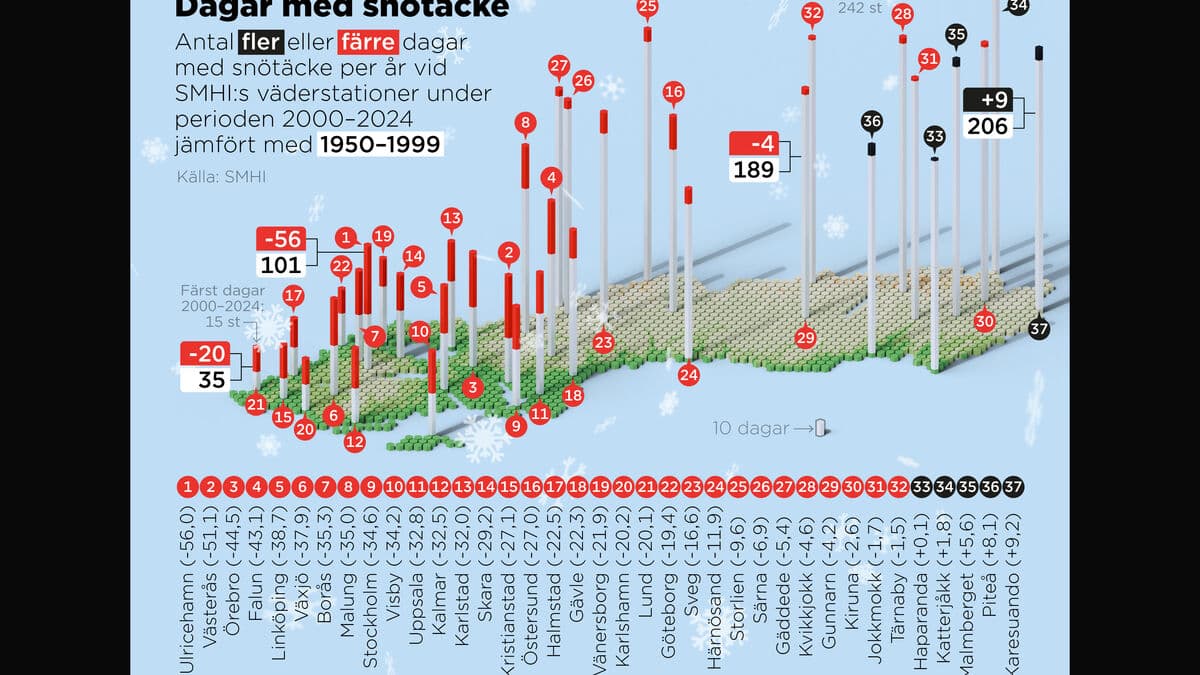On Saturday, the Swedish Meteorological and Hydrological Institute (SMHI) warned of heavy snowfall in northern Uppland and around the Gävle Bay. The warning was classified as yellow, the lowest of the three warning levels. In the area around Enköping, where one of the two major accidents occurred, no weather warning was issued.
Why was no warning issued there as well?
In that area, the criteria for a weather warning were not met. Overall, it didn't snow that much, but there were very intense snowfall periods during a short time. But not enough to issue a warning from our side, says Lisa Lind, unit manager at SMHI.
Was this snowstorm particularly difficult to predict?
What's difficult is to predict is exactly where and when these intense periods occur. But the weather over the weekend was actually nothing unusual, just quite normal.
Why did this snowstorm have such major consequences?
It can be due to a combination of unfortunate circumstances occurring at the same time. Reduced visibility due to intense snowfall, difficult road conditions, and congested roads with cars not keeping a safe distance. It can depend on several factors that we at SMHI are not aware of.
In hindsight, was a yellow warning correct?
Yes, meteorologically speaking, it was correct. We are, however, evaluating this, which we do after all issued weather warnings. But according to our quick evaluation, the yellow warning was correct in that area.
Bengt Ohlsson, press chief at the Swedish Transport Administration, also highlights the local, intense snowfall as problematic.
If you don't know exactly where and when the intense snowfall occurs, it's difficult to do anything, he says, and continues:
Weather warnings are, of course, important for us, but when people are already on the roads, they don't make that much of a difference. They work best when they come out far enough in advance, but that's not always possible to predict.
Weather warnings are issued when the weather is expected to have consequences or disruptions in society.
The three warning levels are based on how severe the consequences of the weather can be.
Yellow warning: Consequences for society, some risks for the general public.
Orange warning: Serious consequences for society, danger for the general public.
Red warning: Very serious consequences for society, great danger for the general public.
Source: SMHI.





